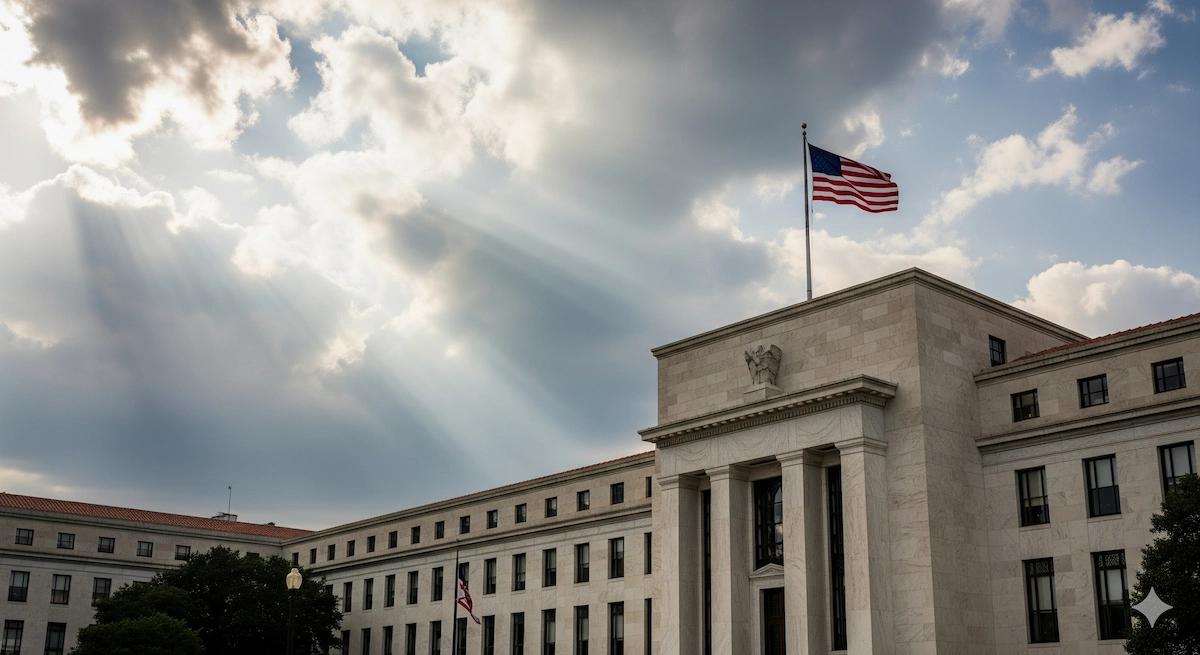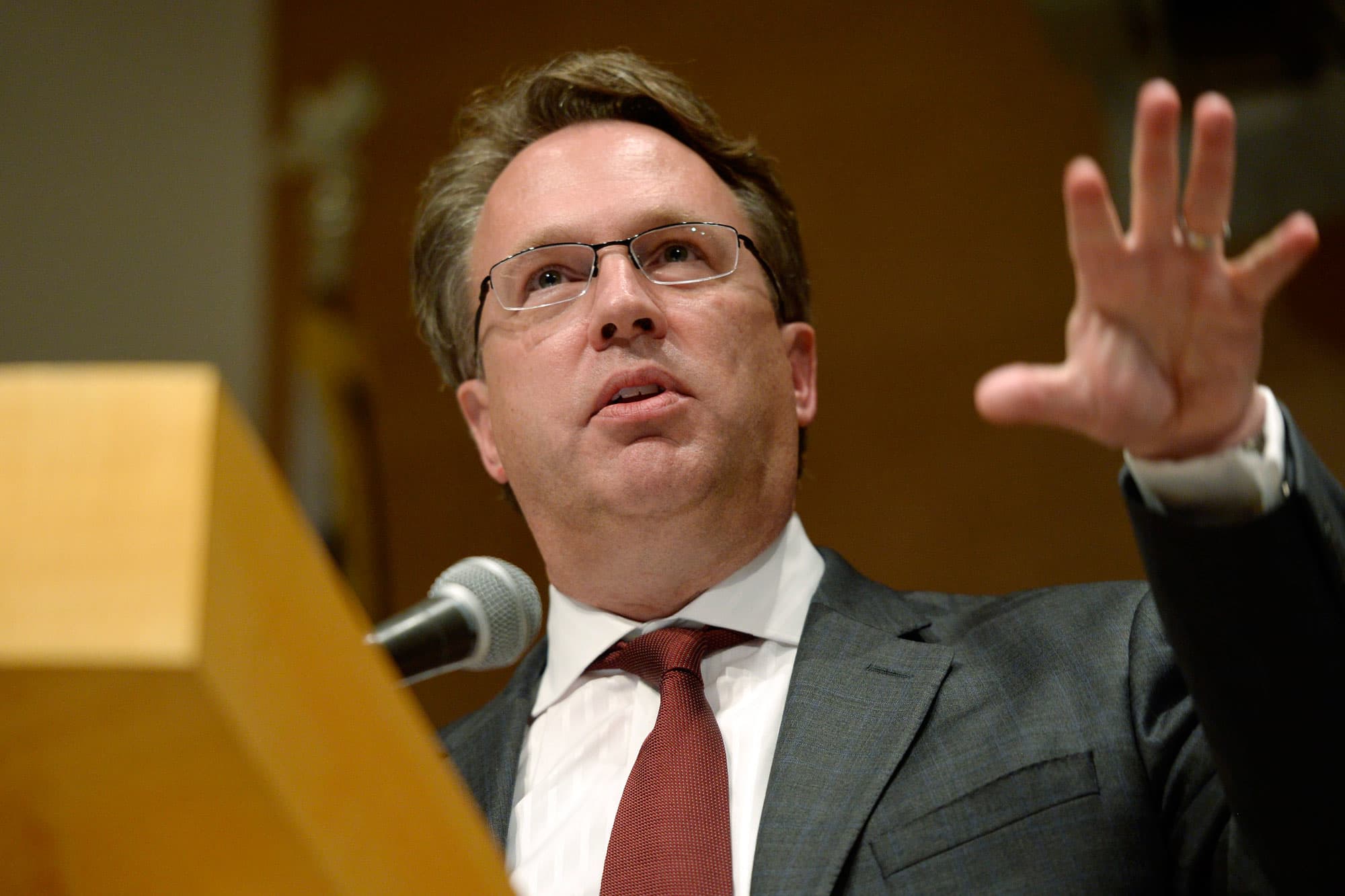GloNews10

After more than two years of aggressive monetary tightening, the Federal Reserve is finally signaling that the next chapter may involve gradual interest rate cuts. In a recent speech, New York Fed President John Williams said the central bank could lower rates if the economy performs in line with current forecasts.
For businesses, investors, and households, this is a major shift. The Fed has been laser-focused on taming post-pandemic inflation, raising borrowing costs to the highest levels in decades. Now, with price pressures cooling and the labor market showing early signs of strain, policymakers appear ready to discuss easing—though cautiously.

Williams, one of the Fed’s most influential voices, explained that he expects the unemployment rate to rise slightly as the economy cools. Growth is forecast to slow to around 1.25–1.5% in 2025, before recovering in later years. Inflation, meanwhile, is projected to gradually ease, hitting the Fed’s 2% target only by 2027.
He emphasized that while the worst of the inflation surge seems behind us, the path forward requires balance. The Fed cannot cut too quickly without risking a resurgence in prices. But staying restrictive for too long could unnecessarily hurt jobs and investment. His message was clear: “If the economy evolves as expected, gradual rate cuts will be appropriate.” Reuters
At the center of this debate is inflation. While headline numbers have come down sharply from the 2022 highs, Williams noted that price growth is still above target. He expects inflation to remain between 3–3.25% in 2025, before drifting lower in 2026 and finally reaching 2% two years later.
The timeline is slower than what many businesses and households might prefer. For consumers facing high rents, grocery costs, and insurance premiums, progress feels limited. Yet for the Fed, gradual cooling is a sign that policy is working without sparking a deep recession.
Rate cuts are not just abstract financial policy. They ripple across the economy:
Global markets also watch Fed policy closely. A pivot toward easing could weaken the dollar, strengthen emerging market currencies, and support commodity demand.
Despite the optimism, Williams warned of several risks. If economic data—particularly inflation or job growth—surprises on the upside, the Fed may need to keep rates higher for longer.
Another challenge is trade tariffs, which could add up to 1–1.5% to inflation if fully implemented. That would complicate the Fed’s path and possibly push back any rate relief.
Global uncertainty—from Europe’s fragile growth to tensions in Asia—also makes the outlook less predictable.
The Fed is not alone in navigating this delicate balance. The European Central Bank has also hinted at limited easing, while the Bank of England remains cautious amid sticky UK inflation. Emerging market central banks, many of which raised rates earlier than the Fed, are watching closely to time their own policy shifts.
This global interplay matters. If the Fed cuts faster than peers, the dollar could weaken, reshaping capital flows worldwide. If it lags behind, US markets may tighten further relative to others.
Financial markets reacted swiftly to Williams’ remarks. Bond yields slipped as traders priced in earlier cuts, while equities gained on hopes of easier conditions for corporate borrowing. The dollar softened slightly, reflecting expectations that the US may lead a broader global easing cycle.
For Wall Street, the message was encouraging: the Fed is not rushing, but it is preparing the ground for a more supportive environment.
For investors, the prospect of gradual rate cuts offers both opportunity and caution. In the short term, bond markets may benefit as yields decline. Equities, particularly in rate-sensitive sectors like real estate and tech, could see renewed strength.
Long-term investors should watch inflation prints, labor market data, and Fed communications. Any surprise in these areas could shift the timeline. Diversification across equities, fixed income, and international assets remains the safest strategy.
John Williams’ remarks represent a significant shift in tone. After years of tightening, the Fed is acknowledging that the worst may be behind us. But the path forward is slow, cautious, and data-driven.
For households, businesses, and markets, this means hope for relief—but not overnight. If inflation continues to cool and growth remains steady, gradual rate cuts could begin shaping the economic landscape by mid-2026.
Until then, patience is required as the Fed walks the fine line between controlling inflation and sustaining growth.